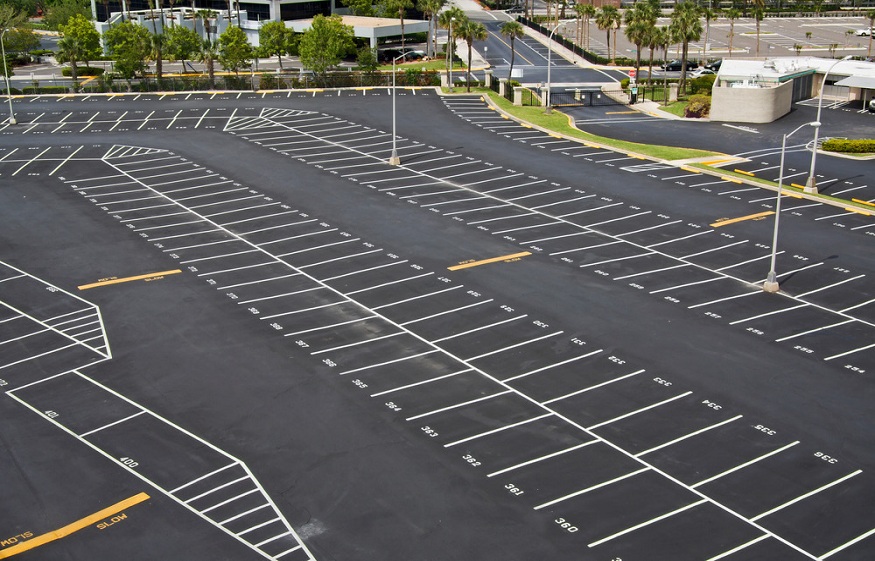If you are thinking about a new asphalt driveway for your home or an asphalt parking lot for your business, you might be eager to know more about it and what is involved in the laying process. What you should know is that asphalt is designed to last for around 15-20 years, but it can last even longer if well cared for. The folk at Parking Lot Pros say that asphalt paving is the ideal choice for both home and business owners as it cures quickly and is an affordable option.
The Installation Process
It is always a good idea to hire a reputable contractor for an asphalt driveway or parking lot. Correct installation is of paramount importance; any mistakes at this point could affect the performance and lifespan of the asphalt.
When looking for contractors, ask family members and friends for referrals or do a search online for reputable companies with plenty of positive customer feedback. A good installer will be happy to come and assess your site and go through everything with you. They will explain the process and answer any questions that you have. Ask for examples of work that they have already done for other customers.
The first part of the installation process is to remove the old driveway or parking lot. Some people will lay on top of the existing surface, but this is a bad idea. It is always best to remove the old material and create a smooth and even foundation for the new asphalt.
Before the asphalt can be laid, the foundation layer must be sufficiently graded to allow water to run off. This is an important step that should not be overlooked. Without grading, water will pool on the asphalt and can cause problems later, such as cracks and potholes.
As mentioned, the sub base must be stable and smooth in order to support the asphalt. The soil must be compacted to prevent it from moving about after the top layer has been laid. This is usually done with a drum roller.
A binder layer is placed on top of the sub base; this is usually made from a mix of aggregate and oil. The top layer of asphalt is then laid. This mix contains sand, oil, and finer aggregate; this mix may need be connected to older surfaces such as pavements or roadways. The contractor may use butt joints to connect the new asphalt to older surfaces. This connection must be smooth so as to prevent any dips.
When the asphalt is laid and connected to older surfaces, it is rolled and compacted with a drum roller. It should then be left to cure for a minimum of three days before you allow traffic on it, although it should be fine to walk on after 24-hours.
Care and Maintenance
After your asphalt has been laid, it will need time to fully cure and harden. During this time, the oils that gave it its flexibility will evaporate. It will then be ready for seal coating. Seal coating prevents water and chemical penetration of the asphalt and will prolong its life by preventing cracks from developing.
Conclusion
Asphalt is a very common choice when it comes to driveways and parking lots. It is less expensive and cures more quickly than concrete, but it does require maintenance once laid. Asphalt seal coating is something that is recommended because it helps to protect the asphalt from elements that can accelerate deterioration. Seal coating should not be carried out for the first 6-12 months to allow oils to evaporate. It will then need to be recoated every two to three years.









